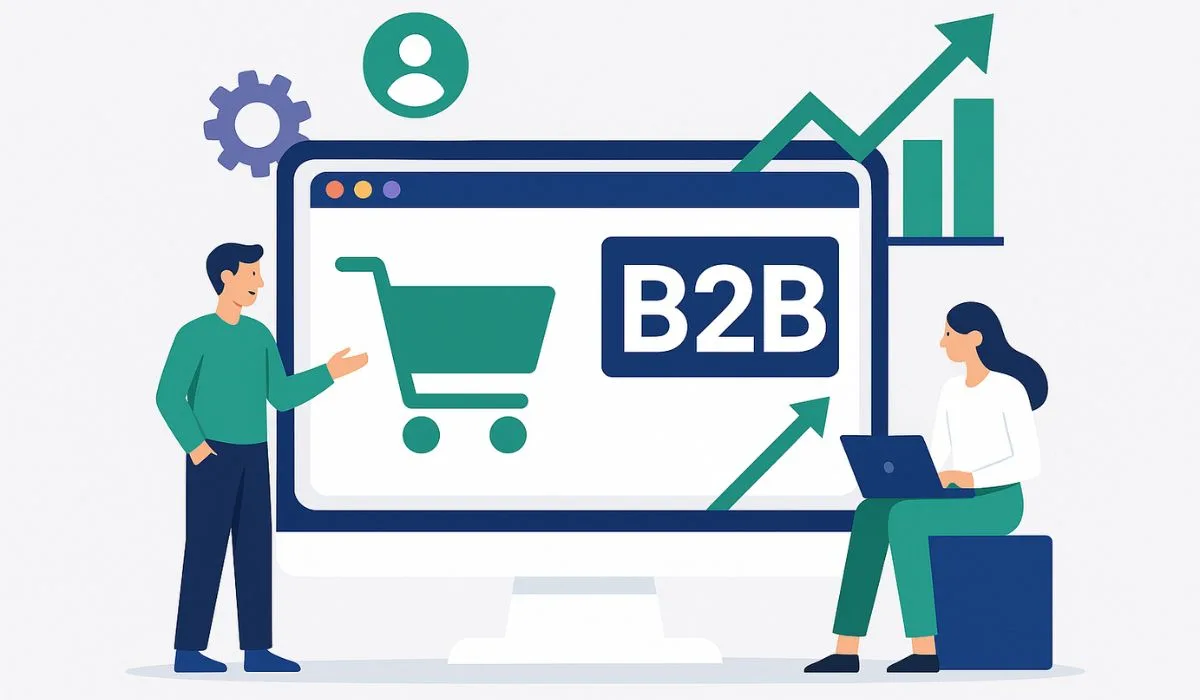The Rise of Subscription-Based B2B Models (And How to Build One)
The way B2B companies sell is changing fast. Buyers today expect more than just a product. They want convenience, flexibility, and predictability. Gone are the days of long email threads to get a quote or managing outdated spreadsheets for one-off transactions. It’s 2025, and businesses of all sizes, from startups to large enterprises, are embracing subscription-based models.
Why? Because they work.
Subscription models provide businesses with predictable revenue and buyers with hassle-free purchasing. It’s a win-win.
Why B2B Buyers Are Choosing Subscriptions
Here’s something many vendors miss: B2B buyers aren’t just purchasing a product, they’re investing in a system that supports their workflow. Predictable costs, consistent delivery, and reliable support aren’t just “nice to have;” they’re critical for procurement teams trying to streamline operations.

When you offer one-time purchases with manual invoicing and limited flexibility, you’re creating more work for your customers. On the other hand, subscription models simplify everything.
Procurement teams prefer:
- Scheduled deliveries
- Pre-agreed contract pricing
- Automated billing and renewals
- All of which makes their jobs easier and your offering more attractive.
Popular B2B Subscription Models
This shift to subscriptions isn’t just for SaaS companies. B2B businesses across industries are adopting recurring models that better match how customers want to buy.

Here are some of the most effective subscription models in B2B today:
Replenishment Subscriptions
Ideal for products that customers use frequently.
Instead of requiring buyers to reorder supplies monthly, offer them a subscription. Automate the process and ensure they never run out of what they need.
Examples: Office supplies, cleaning materials, packaging, and other restockable items.
Usage-Based Billing
Some customers only want to pay for what they use—and that’s fair. A usage-based pricing model allows you to charge based on activity, rather than flat rates.
Examples: APIs, storage, phone minutes, transactions.
Service Bundles
If you’re already offering support, maintenance, or training, consider bundling these into a subscription. It clarifies your value and provides customers with an easy way to access everything they need.
Examples: Monthly retainers for IT services, onboarding, customer support, or consulting.
Equipment-as-a-Service
Instead of selling machines or hardware, offer them on a subscription basis. Customers pay a monthly fee for the equipment and its maintenance. This makes budgeting easier and removes the need for large upfront costs.
Examples include: Printers, manufacturing tools, retail hardware, and medical devices.
Building the Infrastructure Behind It
Selling on a subscription model requires more than a simple checkout flow. To scale effectively, you’ll need a system that supports recurring revenue operations from end to end.
Here are the key components you’ll want to have in place:
Billing Engine
Automated and flexible billing is essential. Your billing system should support:
- Tiered and usage-based pricing
- Prorated charges
- Custom contract terms
- Self-serve options for clients
Billing Engine
Enterprise clients often need tailored terms. Make sure your platform supports custom pricing, contract billing cycles, and discounts. Flexibility here helps you close bigger deals.
Multi-User Account Support
Most B2B transactions involve teams. Your product should allow multiple users per account with role-based access and shared billing. This is especially important when selling into larger organizations.
Renewal and Upgrade Workflows
Customer success isn’t just about avoiding churn; it’s about enabling growth. Build systems that automate renewal reminders, offer upgrade options, and suggest add-ons when appropriate.
Case Study: FOGA
Let’s look at how this works in practice.
FOGA, a brand offering premium health shakes, had a great product and loyal customers, but their business model wasn’t keeping up. They lacked:
- A system for subscription management
- The ability for customers to build and customize their own shake boxes
- Automation and recurring revenue
What We Did
Codup helped FOGA transform its approach by building a tailored subscription infrastructure:
- Customers gained full control: delay shipments, change plans, and rush deliveries.
- Admins received flexible backend tools and shortcode-powered customization.
The Result
A seamless subscription experience, more predictable revenue, and increased customer satisfaction all without needing a replatform.
Future-Proofing Your B2B Business
B2B is changing. If you’re still selling with one-time deals and manual processes, you’re falling behind. Subscription models aren’t just for SaaS; they’re becoming standard across industries.
The good news? You don’t have to rebuild everything. You need the right partner to help you upgrade your infrastructure and customer experience.
Let’s build your subscription system, one that’s made to scale.
Contributors
-

Tooba Nadeem
writer



